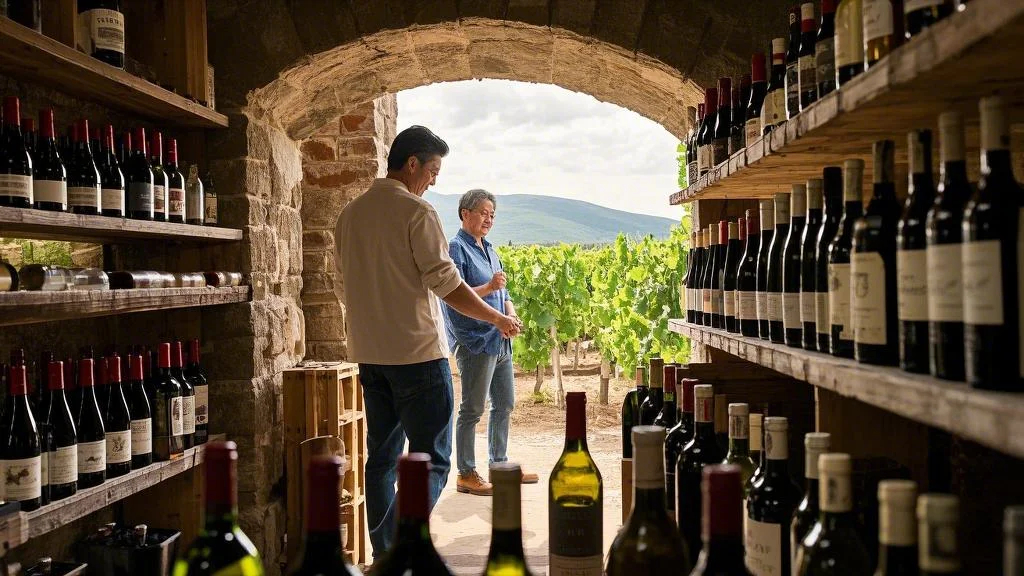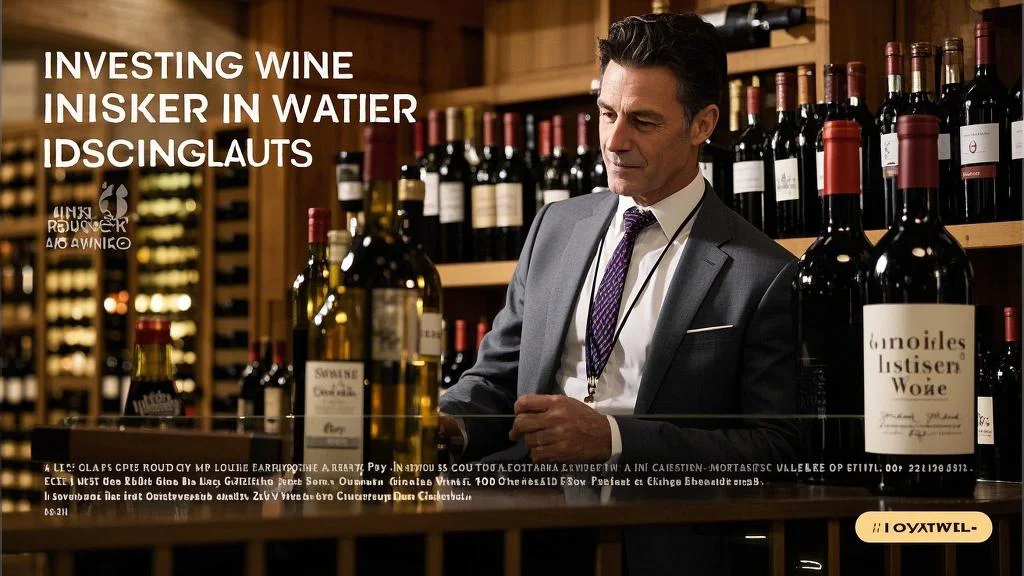Investing in Wine: How to Start a Profitable Wine Cellar

Understanding the Basics of Investing in Wine
When it comes to investing in wine, understanding the basics is crucial. Wine investment involves purchasing fine wines with the intention of selling them at a profit after they have appreciated in value. Unlike traditional investments, wine offers a tangible asset that can be enjoyed while it matures. The key to success in this market is knowledge. Knowing which wines have a history of appreciating in value, understanding the factors that influence wine prices, and being aware of market trends are all essential. Additionally, proper storage is critical to maintaining the quality and value of your investment. A well-maintained wine cellar with controlled temperature and humidity levels is a must for any serious investor.
Why Wine is a Unique Alternative Asset
Wine stands out among alternative assets due to its unique characteristics. Unlike stocks or bonds, wine is a physical product that can be consumed, which adds an element of enjoyment to the investment. Over the past few decades, fine wine has shown a consistent ability to appreciate in value, often outperforming traditional investments. This is particularly true for wines from prestigious regions like Bordeaux, Burgundy, and Napa Valley. The limited supply of these wines, combined with increasing global demand, drives their value upward. Furthermore, wine is less correlated with traditional financial markets, making it a valuable diversification tool for investors looking to reduce risk in their portfolios.
Comparing Wine Investment to Whiskey Investment and Luxury Handbag Resale
While investing in wine has its merits, it’s worth comparing it to other luxury investments like whiskey investment and luxury handbag resale. Whiskey, particularly rare and aged bottles, has seen a surge in popularity among collectors and investors. Like wine, whiskey benefits from limited supply and increasing demand, especially from emerging markets. However, whiskey tends to have a longer maturation period, which can delay returns. On the other hand, luxury handbags, particularly from brands like Hermès and Chanel, have become highly sought-after assets. These items often appreciate quickly due to their exclusivity and brand prestige. However, the handbag market can be more volatile and subject to fashion trends, whereas wine and whiskey are more influenced by production and aging processes.

Building a Profitable Wine Cellar
Creating a profitable wine cellar requires careful planning and strategy. Start by focusing on wines with a proven track record of appreciation. Bordeaux First Growths, Burgundy Grand Crus, and top-tier Napa Valley Cabernets are excellent choices. Diversification is also important; don’t put all your eggs in one basket. Spread your investments across different regions, vintages, and producers to mitigate risk. Networking with other collectors and staying informed about market trends can provide valuable insights. Additionally, consider working with a reputable wine merchant or investment firm that specializes in fine wines. They can help you navigate the complexities of the market and make informed purchasing decisions.
The Role of High-Yield Savings in Diversifying Your Portfolio
While investing in wine can be lucrative, it’s important to balance your portfolio with other investments. One option to consider is high-yield savings accounts. These accounts offer a safe and reliable way to grow your wealth, especially in uncertain economic times. Unlike wine, which can be subject to market fluctuations, high-yield savings accounts provide steady returns with minimal risk. They can serve as a financial cushion, allowing you to take calculated risks with your wine investments. By diversifying your portfolio with a mix of alternative assets and traditional savings, you can achieve a more stable and profitable investment strategy.
Tips for Success in the Wine Investment Market
Success in the wine investment market requires more than just buying the right bottles. It’s essential to stay informed about global market trends, as factors like climate change, geopolitical events, and shifts in consumer preferences can all impact wine prices. Regularly review your portfolio and be prepared to sell when the time is right. Patience is key; fine wines often take years to reach their peak value. Additionally, consider the costs associated with wine investment, including storage, insurance, and potential taxes. By carefully managing these factors, you can maximize your returns and build a profitable wine cellar that stands the test of time.
Conclusion: Is Wine Investment Right for You?
Investing in wine can be a rewarding venture for those who are passionate about fine wines and willing to put in the time and effort to learn the market. While it may not offer the immediate returns of some alternative assets, its potential for long-term appreciation makes it an attractive option for many investors. Whether you’re looking to diversify your portfolio, enjoy the tangible benefits of a physical asset, or simply indulge in the world of fine wines, investing in wine offers a unique and potentially profitable opportunity. As with any investment, thorough research and careful planning are essential to success.